Optimal Seasons for Waterproofing
Waterproofing is a crucial process to protect structures from water intrusion, which can lead to damage, mold growth, and structural deterioration. Proper timing ensures the effectiveness and longevity of waterproofing applications, making it essential to choose the optimal season and weather conditions.
Spring offers moderate temperatures and increased moisture levels, ideal for waterproofing projects. It allows for thorough application before the heavy rains of summer.
Summertime provides warm weather, but high humidity and rain can hinder proper curing. Timing during early summer is preferable for optimal results.
Fall's cooler temperatures and lower humidity create good conditions for waterproofing, especially before winter sets in.
Winter is generally unsuitable due to freezing temperatures and snow, which can compromise waterproofing materials and application processes.
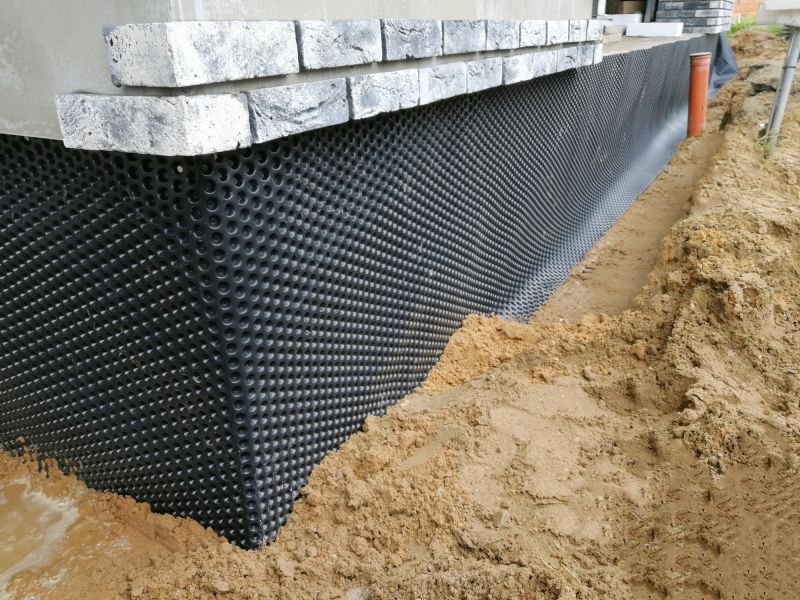
Spring offers optimal conditions for waterproofing projects with moderate temperatures.

Early summer is suitable for waterproofing before high humidity and rain interfere.
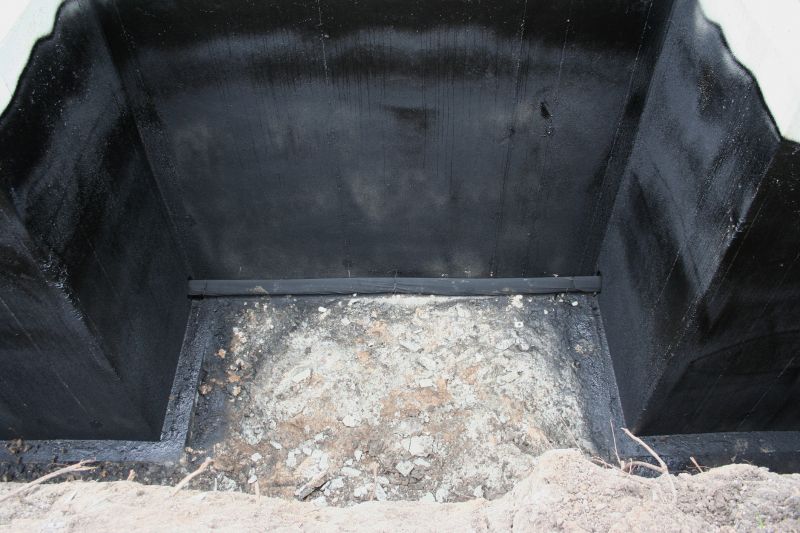
Cooler fall weather provides ideal conditions for effective waterproofing.
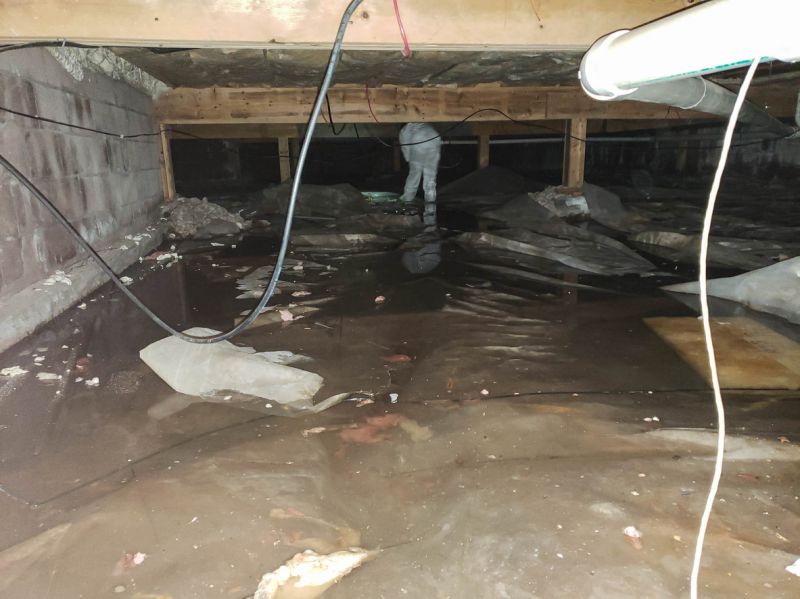
Ways to make Waterproofings work in tight or awkward layouts.
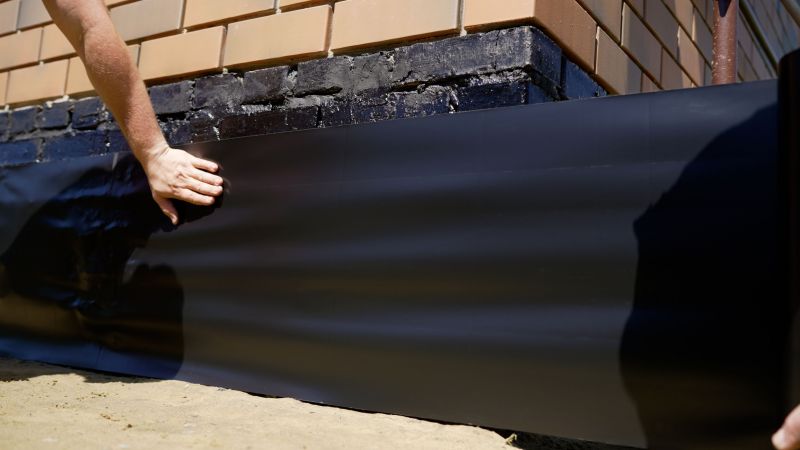
Popular materials for Waterproofings and why they hold up over time.
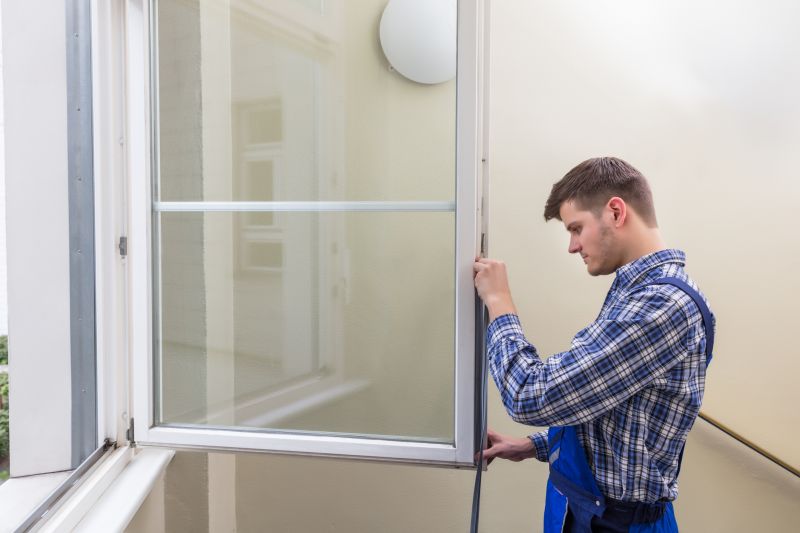
Simple add-ons that improve Waterproofings without blowing the budget.
| Season | Optimal Conditions |
|---|---|
| Spring | Temperatures 50°F-70°F, moderate humidity, dry days |
| Summer | Warm weather, low humidity, avoid peak heat |
| Fall | Cool temperatures, low humidity, dry conditions |
| Winter | Freezing temperatures, snow, and ice |
Waterproofings are essential for protecting foundations, roofs, basements, and other structures from water damage. They involve applying specialized materials such as membranes, sealants, and coatings designed to prevent water ingress. Advances in waterproofing technology have led to more durable and flexible solutions, suitable for various climates and building types. Proper timing and application techniques are vital to ensure these systems perform effectively over time, reducing the risk of leaks, structural issues, and costly repairs.
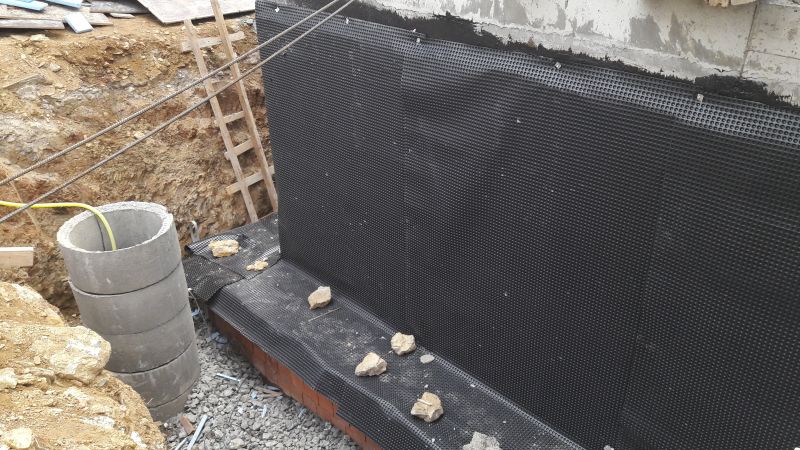
Various materials like liquid membranes, sheet membranes, and sealants are used for waterproofing.
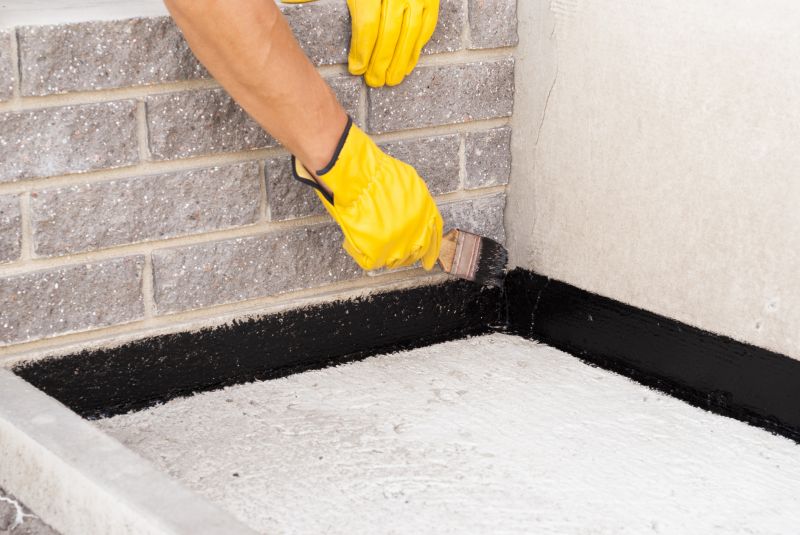
Proper surface preparation and application conditions are critical for effectiveness.
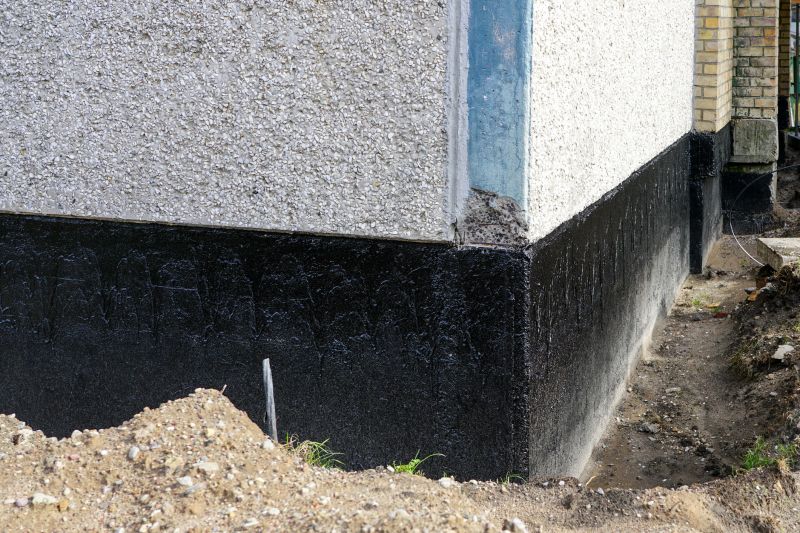
Weather conditions directly influence the success of waterproofing projects.
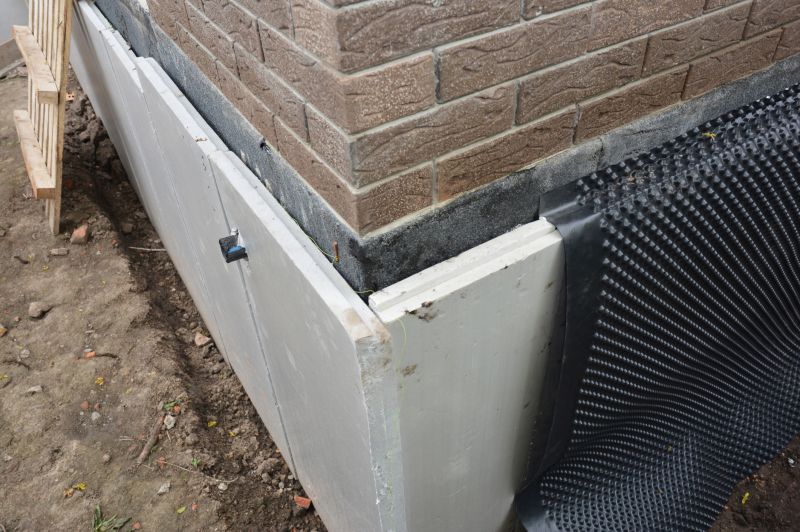
Choosing the right materials and timing ensures durability and performance.

High-end options that actually feel worth it for Waterproofings.
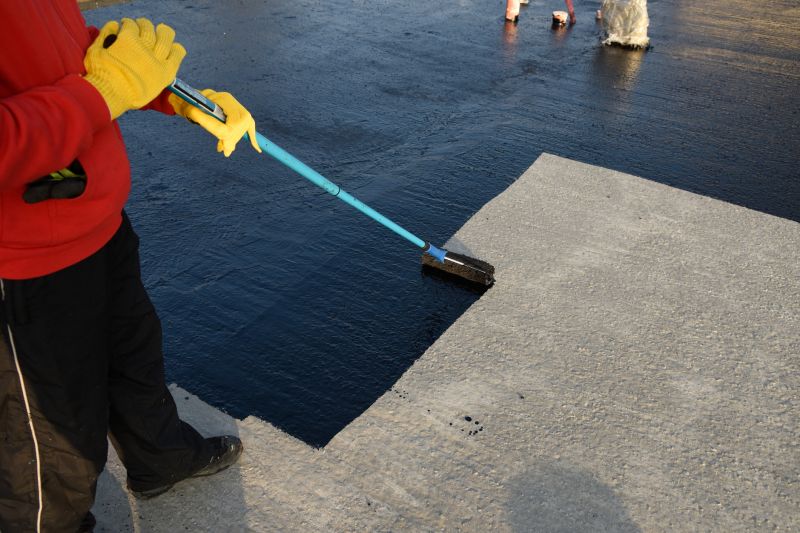
Finishes and colors that play nicely with Waterproofings.
Interested in waterproofing services? Contact the relevant professionals to determine the best timing and solutions for specific structures and needs. Properly scheduled waterproofing can significantly extend the lifespan of buildings and protect valuable assets from water-related damage.

